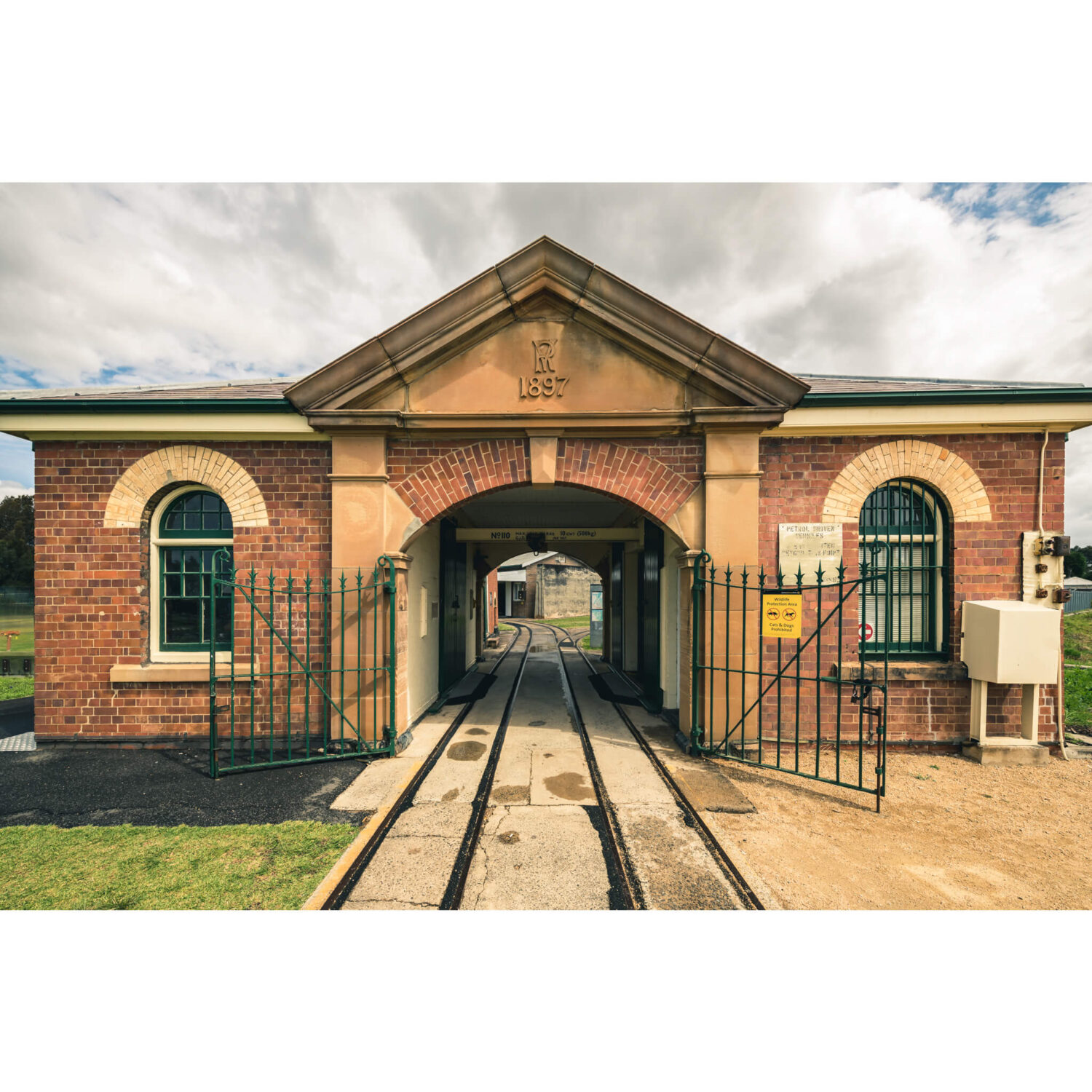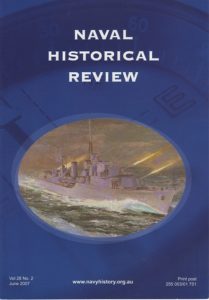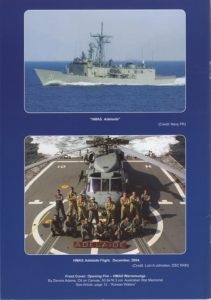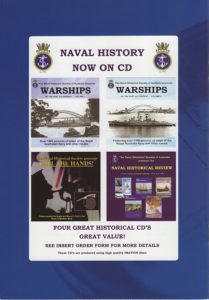- Author
- Editorial Staff
- Subjects
- History - Between the wars
- Tags
-
- RAN Ships
- HMAS Australia I
- Publication
- June 2024 edition of the Naval Historical Review (all rights reserved)
Observing that 15 April marks the centenary of the intentional sinking of the battlecruiser HMAS Australia, the following article taken from the Newington Magazine website, carefully curated by Robert Curran, tells of a long-forgotten tragedy that is associated with the demise of the former flagship of the Royal Australian Navy.
Sydney Morning Herald, 20 March 1924, p.10:
BOY INJURED BY POWDER EXPLOSIONA powder explosion in the vicinity of the Newington Powder Magazine yesterday afternoon resulted in Gerald Dalton Muddyman aged 8 years, who lives at the magazine with his parents, being severely burnt. The boy’s father is employed at the magazine, and the explosion occurred whilst the boy was dragging a powder drum, which his father had just emptied in the river, over some grass and smouldering stumps. It is thought that some of the powder adhered to the drum. The boy’s face, chest and arms were severely burnt, and he was taken to St Joseph’s Hospital, Auburn.
The Advertiser (South Australia) had a somewhat different account of the accident in its issue of 20 March 1924. According to this account, Gerald was playing with another boy when he picked up a shell-case from HMAS Australia that was supposed to have had the powder extracted and threw it on a fire. An explosion followed, throwing him several feet. Pieces of the shell-case severely lacerated his face and neck.
The Barrier Miner‘s account of this accident is more graphic:
EXPLOSION INJURES BOY AT NEWINGTON MAGAZINE Sydney, Thursday
Gerald Muddyman, eight years of age, was severely injured by an explosion at Newington Magazine yesterday. While playing in a yard where his father is employed the boy found an old shell case. He threw it into a fire, and the resultant explosion was heard a mile away.
Gerald’s injuries proved fatal, and he died on the 22nd. (NSW Registry of Births, Deaths and Marriages Death Index 5094/1924; Gerald D. T. Muddyman, son of Thomas and Catherine Muddyman). He was buried at the Catholic Cemetery, Woronora on 24 March 1924 (RCMON/B/0090 – 22/03/1924).
All three newspaper accounts of this accident are inaccurate – there was no explosion heard a mile away, rather a flash fire. And there was no ‘drum’ or shell-case, and Gerald did not sustain lacerations, according to the official accounts.
At the time of the accident Thomas Muddyman was the Storehouseman ‘Caretaker’ at Newington. On the preceding day (Tuesday), he had been engaged with others in the disposal of gunpowder igniters from 12-inch BL cartridges that were being disposed of after the paying-off of Australia. These igniters comprised two discs of shalloon cloth sewn together and with gunpowder inside. Disposal involved slitting each igniter so that the gunpowder could be shaken out into a container of water, the contents of which were later disposed of by dumping into the river. The empty cloth igniters were also placed into a container of water to remove any remaining gunpowder and then dried before being burnt on what Thomas described as ‘a decent lasting fire of medium trees and branches’ at the burning ground. These operations were completed on the same day. On the Wednesday, Muddyman and Mr F. Bryant, Skilled Labourer, were engaged in the same work, and had placed a quantity of the empty igniters in proximity to the previous day’s burn, which had been checked that morning to ensure that it was extinguished.
Testimony given to the Board of Inquiry was that Gerald Muddyman and four others, the eldest 12 years of age, were playing in makeshift boats in the stormwater canal near the burning ground, which was located in the vicinity of the wharf. According to Thomas Muddyman’s written testimony, ‘… about 4 O’clock we were attracted by a sharp fizzling sound of burning powder and the smoke passing in front of the gates of the archway, leading to the Magazine Area, under which we were working. Mr Bryant and I rushed out to behold the spectacle of the above-mentioned boy in flames. We immediately tore the clothes off his body but not before he was severely burnt about the chest, arms and face, we laid him on a bag and carried him to his home, and rang for the doctor who immediately sent the civil Ambulance and took him to St Joseph’s Hospital, Auburn.’

The Board of Inquiry report is rather cursory; the Board concluded that some burning material had been present from the previous day’s work. It canvassed the
possibility that one or more igniters had not had the gunpowder removed but did not reach a conclusion on that possibility. However, it concluded that Thomas Muddyman bore responsibility for the accident – presumably by not ensuring that the previous day’s fire had been fully extinguished, and by allowing children to be in proximity to the burning ground.
It seems that the local naval authorities were reluctant to take disciplinary action against Thomas, given the death of his son. However, the Director of Ordnance, Torpedoes and Mines argued that he had proven himself unsuitable for work with explosives. Thomas was transferred to a position at Spectacle Island not involving explosives, and subjected to periodic reporting. He was progressively allowed to resume working with explosives and the reporting was discontinued in early 1927.
An inquest was held into Gerald’s death, at which Muddyman and Bryant said that it was their opinion that the accident had resulted from empty bags with a residue of gunpowder having blown onto an ember from the previous day’s fire. The medical certificate of death gave the cause as ‘shock as a result of burns accidentally received.’
Gerald was killed by a component of Australia‘s 12‑inch gun cordite charges, rendered surplus when it was decided to scuttle the battle-cruiser due to disarmament treaty obligations. The ship, the initial flagship of the Royal Australian Navy, rarely saw action in World War 1, and it’s said that her guns caused no fatalities when they were used. It’s ironic that little Gerald was their only victim.
(National Archives of Australia: MP151/1; 429/201/25 Title: Mr T Muddyman – storehouseman, RAN Armament Depot, Sydney)




